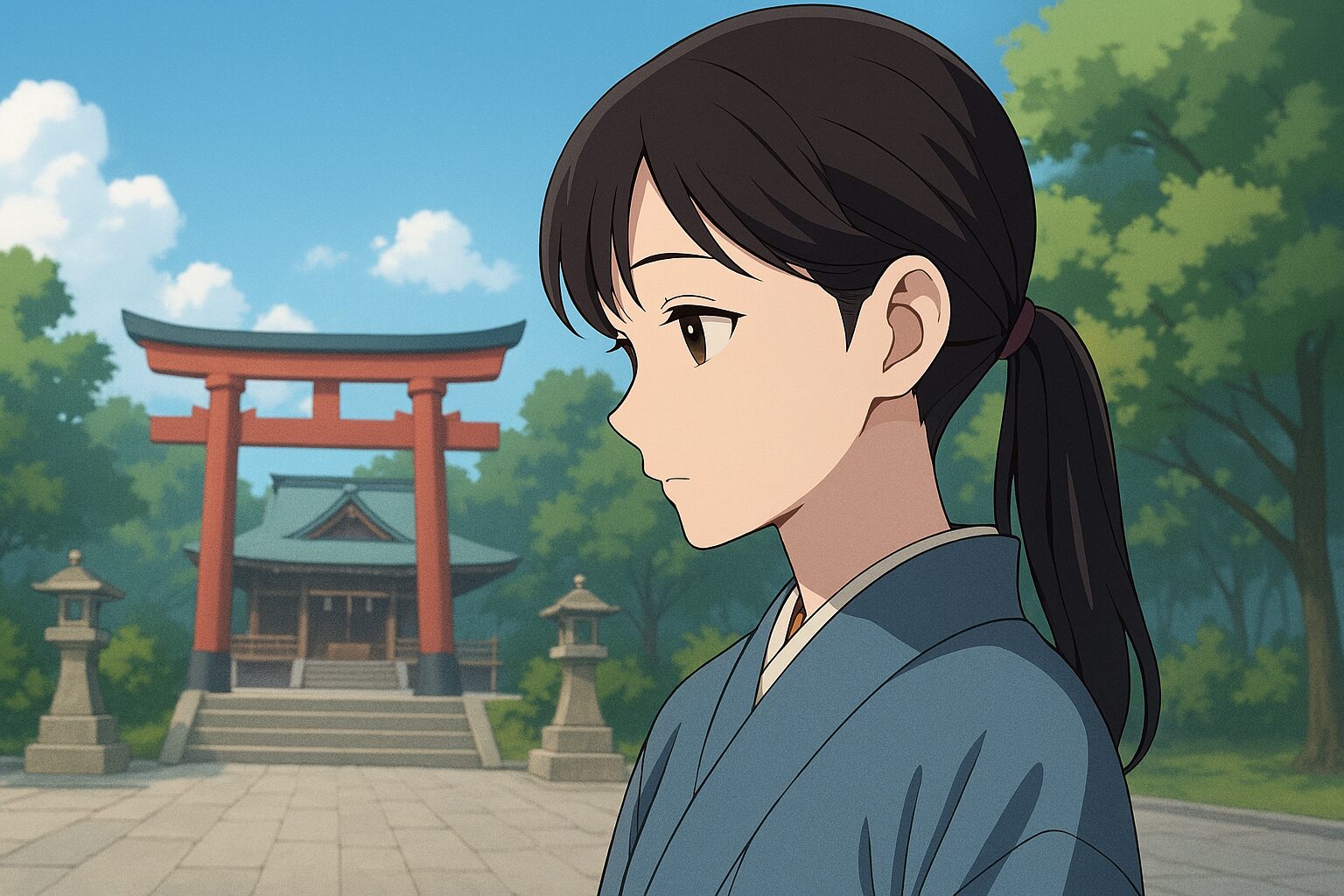- 🧭 Introduction: What Silence Says—A Journey into Soundless Kindness
- 🏯 Chapter 1: Rei—The Heart Within Formality
- 🎭 Chapter 2: Ma—What Resonates in Silence
- ⏳ Chapter 3: The Sense of Time—Where Ma Extends into Precision
- 👁️ Chapter 4: Social Pressure and the Art of Reading the Air
- ⛩️ Chapter 5: The Shrine—A Living Space of Rei and Ma
- 🌍 Chapter 6: Rei and Ma in the Global Age
- 🗣️ Chapter 7: Keigo—Japan’s Linguistic GPS for Human Relationships
- ✒️ Conclusion: Silence as the Finest Form of Respect
🧭 Introduction: What Silence Says—A Journey into Soundless Kindness
It’s not uncommon for first-time visitors to Japan to be struck by the quietness of everyday life. No loud announcements at train stations, soft greetings at restaurants, and people maintaining peaceful distances without speaking. This is not a coincidence.
Embedded in these quiet moments are two cultural values: rei (礼, respect) and ma (間, space). Together, they form the invisible architecture of Japanese communication and social harmony.
🏯 Chapter 1: Rei—The Heart Within Formality
● Historical Roots—Bushido and the Spirit of Wa
During the samurai era, Japanese warriors risked their lives to uphold courtesy. Bowing before drawing swords, showing respect even to enemies—these were not empty gestures, but expressions of balance and dignity. Rei was a moral compass and aesthetic of human integrity.
● Contemporary Expression—From Business Cards to Convenience Stores
Today, rei permeates daily life: exchanging business cards with both hands, uttering a warm “thank you” as a receipt is handed over. These acts may seem excessive, but they are nonverbal declarations: “You matter.”
🎭 Chapter 2: Ma—What Resonates in Silence
● Conversation and Ma: When Silence Becomes Empathy
In Japanese dialogue, silence—ma—is crucial. Pausing before responding allows people to process emotion, choose words carefully, and avoid imposing assumptions. It’s a form of respect through verbal restraint.
Example: Instead of asking “Are you okay?” a Japanese friend might quietly sit beside someone, letting silence express solidarity and care.
● Architecture, Noh Theater, and Zen Gardens
Kyoto’s townhouses, Nara’s tearooms, and traditional Noh stages all use empty space as a design element. The aesthetics of ma elevate silence to a meaningful dimension—valuing less, not more.
⏳ Chapter 3: The Sense of Time—Where Ma Extends into Precision
In Japan, punctuality reflects more than discipline—it honors another’s ma. Trains arrive within seconds not just for efficiency but out of respect for passengers’ time.
Timekeeping becomes a cultural form of empathy.
👁️ Chapter 4: Social Pressure and the Art of Reading the Air
Behind Japan’s emphasis on etiquette lies a collective awareness of “the gaze of others.” People worry about disrupting the ba (場, atmosphere) and avoid shame by maintaining harmony. This leads to a refined sensitivity to social tension.
👉 Further Insight: Why Japanese Care About What Others Think
⛩️ Chapter 5: The Shrine—A Living Space of Rei and Ma
Shinto shrines are embodiments of stillness and reverence:
- Bowing at the torii gate
- Purifying hands at the water basin
- Offering coins in silence
- Clapping and praying in rhythm with space
These rituals craft ma between people and the divine—an architectural and spiritual choreography.
👉 Guide: How to Visit a Shrine Properly
🌍 Chapter 6: Rei and Ma in the Global Age
In a world racing toward speed, instant replies, and simplified speech, Japan stands apart. Its culture values slowness, indirectness, and emotional depth. Ma isn’t just pause—it’s soul. Rei isn’t just formality—it’s humanity.
To those fatigued by modern life, these concepts offer quiet relief.
🗣️ Chapter 7: Keigo—Japan’s Linguistic GPS for Human Relationships
● Types of Keigo: Navigating Social Distance Through Grammar
| Type | Function | Example |
|---|---|---|
| Honorific (sonkeigo) | Elevates the other’s action | “Sensei spoke” → Sensei ga hanasaremashita |
| Humble (kenjōgo) | Lowers one’s own action | “I visited” → Watashi ga ukagaimashita |
| Polite (teineigo) | Softens tone generally | “It is beautiful” → Kirei desu |
Keigo isn’t just grammar—it’s empathy encoded in syntax, a way to respect hierarchy while preserving harmony.
● The Role of Ma and Silence in Keigo Usage
Keigo changes based on ma: first-time interactions call for high politeness, while familiarity invites softer language. Overusing keigo can create walls, while underusing it may breach etiquette. The balance depends on reading the air.
● Psychological Effects: Creating Emotional Space
- “May I kindly ask your name?” (Shitsurei desu ga…)
- “Thank you for your time today.” (Ojikan o itadaki…)
These expressions leave room for interpretation, offering non-imposing kindness, and avoiding emotional pressure.
● Dialogue Examples: Keigo in Action
🎓 Scene 1: University Student and Professor
Student: “Professor, may I submit my report.” Professor: “Yes, thank you for submitting it on time.”
→ Humble language + polite tone = mutual respect across hierarchical ma
🏢 Scene 2: New Employee and Supervisor
Employee: “May I consult with you…?” Supervisor: “Please, don’t hesitate.”
→ Emotional generosity meets verbal restraint
🛍️ Scene 3: Shop Clerk and Customer
Clerk: “I’m terribly sorry, but this product is only available today.” Customer: “I see. Thank you for your thoughtful explanation.”
→ Deference and gratitude expressed through refined tone
🌐 Scene 4: Explaining Keigo to a Foreign Guest
Japanese host: “In Japan, we adjust speech to manage social distance.” Visitor: “Interesting! In English, silence can feel uncomfortable.”
→ A moment of ma becomes a bridge between cultures
✒️ Conclusion: Silence as the Finest Form of Respect
Japan’s way of communicating blends rei, ma, and keigo into a single, elegant system. Speech becomes a method of expressing things unsaid. Respect isn’t loud—it’s gentle. Distance isn’t cold—it’s considerate.
In this culture, silence is not emptiness. It’s a quiet heartbeat that says: I see you. I honor you. I won’t intrude.
Next time you’re in Japan, listen closely. In silence, the culture will speak to you.



コメント